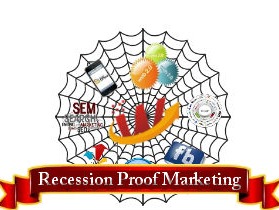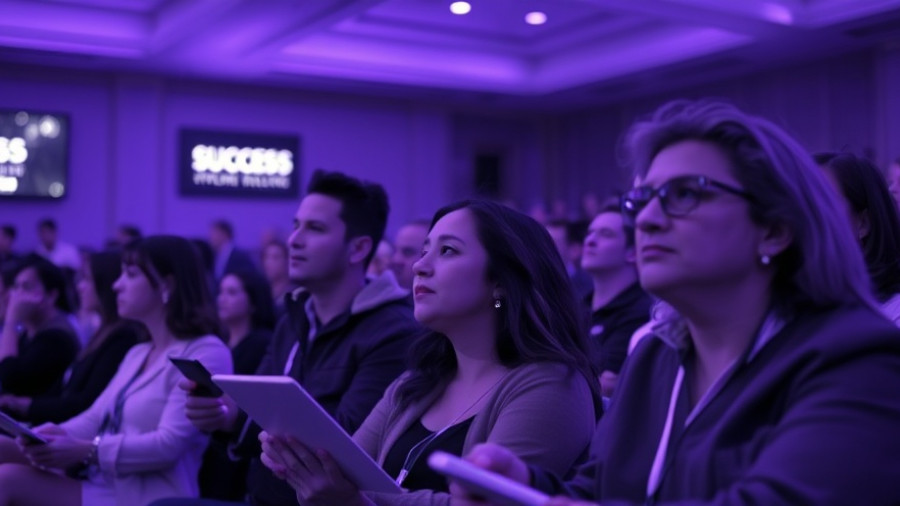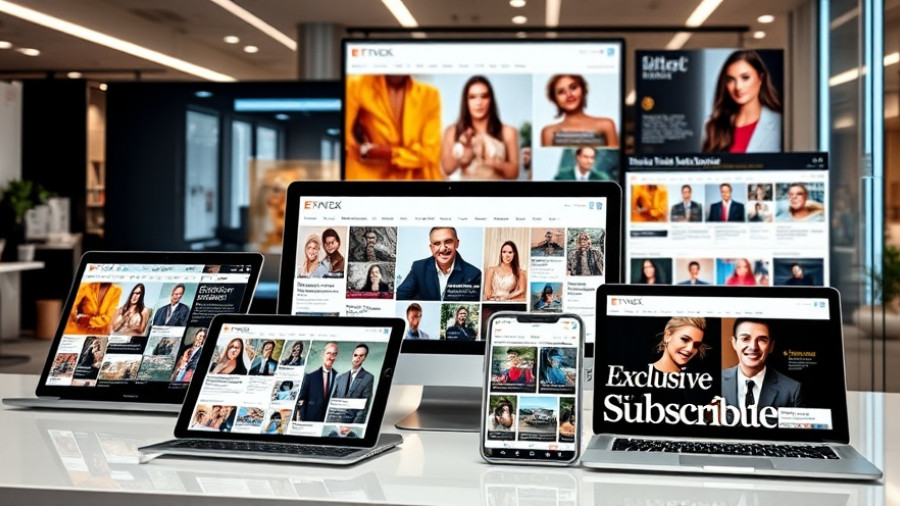
Understanding Happiness at Work and Life
Gen Z, the newest generation in the workforce, is increasingly aware of the importance of happiness in both their professional and personal lives. Many young people today understand that being happy can directly influence their productivity and overall satisfaction. A study showed that when employees feel joyful at work, they are more engaged and motivated. But how can Gen Z navigate the challenges of modern work while ensuring happiness?
1. Embrace Genuine Connections
Building connections is vital for emotional well-being. Gen Z can foster relationships by creating authentic bonds with colleagues. This opens up a collaborative environment where everyone can thrive. Consider initiating small group activities or team-building exercises that can help break the ice. Authentic connections can combat feelings of isolation that often accompany remote work scenarios.
2. Set Clear Boundaries
It's essential for Gen Z to set boundaries between work and personal life. This generation often struggles with creating a work-life balance, especially with the rise of remote work. Young professionals should communicate their availability clearly and stick to it. Having set times for work can help them enjoy their personal time without interruptions from work-related tasks.
3. Prioritize Mental Health
Emphasizing mental health is crucial. Gen Z has made significant strides in acknowledging mental well-being as an essential aspect of life. Utilizing resources such as counseling services or wellness programs provided by employers can be beneficial. Engaging in activities like meditation, exercise, or creative hobbies can further promote a positive mindset and reduce stress levels.
4. Continuous Learning and Growth
Young professionals should seize opportunities for growth, whether through formal education or self-directed learning. Engaging in courses or workshops can build skills and boost confidence, which contributes to job satisfaction. Employers often provide various training programs that Gen Z can take advantage of to lay a solid foundation for their careers.
5. Celebrate Small Victories
Fostering a habit of recognizing and celebrating small achievements can significantly boost morale. Gen Z should practice acknowledging their accomplishments, no matter how minor they may seem. This approach reinforces positive behavior and cultivates an environment of encouragement and support.
Making Happiness a Priority
Investing time into these strategies can significantly improve your overall happiness, and it’s essential for success in both work and life. Creating happiness isn't a one-time effort but a continuous journey. When Gen Z prioritizes mental health and self-care while fostering meaningful relationships, they not only enhance their own lives but can positively influence those around them.
For further insights on supporting emotional well-being in the workplace, individuals and organizations can explore innovative programs that bridge the gap between professional growth and personal satisfaction.
 Add Row
Add Row  Add
Add 




Write A Comment